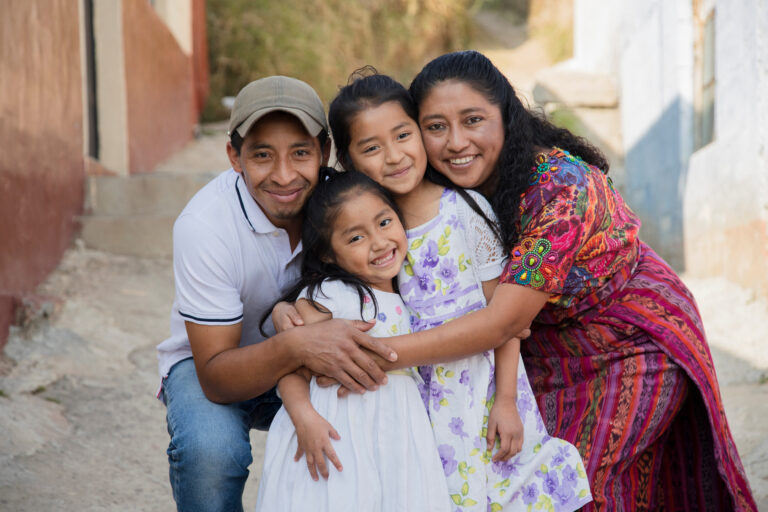Canada handed out more than one million study permits to international students last year alone, the latest data from Immigration, Refugees and Citizenship Canada (IRCC) reveals.
“We continue to break records in processing temporary residence applications,” the IRCC website boasts.
“We’ve finalized about 1,025,000 study permit applications (including extensions) in 2023, up from approximately 838,000 during the same period in 2022.”
That means the number of study permits issued to international students spiked by roughly 22.3 per cent in 2023.
Despite that record number of study permits last year, Canadian immigration is already projecting its backlog of study permit applications, those applications which are taking longer to process than the immigration department’s service standard, to rise to 34 per cent by Jan. 24.
Read More Canada Immigration News
Fixed Numbers Of International Students For Each Canadian Province Being Considered
Marc Miller Says Canada Considering Cap On International Students,
Despite Labor Shortage, Quebec Alienates International Students
Two months ago, only 24 per cent of study permits at the IRCC were considered to be part of that backlog.
With the projected uptick in the number of backlogged study permit applications by Jan. 24 this year, Canadian immigration officials will be facing the same level in percentage terms of backlogged study permit applications as they had at the same time last year – and this despite the record level of study permits processed in the past year.
Immigration Minister To Slap Provinces With Caps On International Students
Immigration Minister Marc Miller, though, has said he intends to bring in temporary limits on the number of international students allowed to study in each province in a move that is expected to reduce the number of international students by more than a third, reports The Globe and Mail.
“The cap is expected to result in approximately 364,000 approved study permits, a decrease of 35 per cent from 2023,” the immigration minister reportedly said. “In the spirit of fairness, we are also allocating the cap space by province, based on population.”
Under the cap on study permits, the provinces and territories will each have a limit on their ability to welcome new international students. The national newspaper reports those proposed limits will allow some provinces to increase their international student population while dramatically cutting it in other provinces, including Ontario.
Miller, who announced the coming caps on international students on the first full day of the Liberals’ cabinet retreat on Monday, first floated the idea of a cap on international students in December to address worries that record immigration is contributing to the country’s housing crisis.
“Housing remains a pressing concern, especially in the post-COVID landscape, with the rise in interest rates, supply constraints, and affordability issues,” he said.
As the housing crisis persists in Canada, critics are pointing out that a Statistics Canada study uncovered that many international students are not even attending colleges or universities in Canada.
In Characteristics Of Postsecondary International Students Who Did Not Enrol In Publicly Funded Postsecondary Education Programs, Statistics Canada’s Youjin Choi and Feng Hou noted in November last year that 24.2 per cent of study permit holders in 2019 were not enrolled a publicly-funded post-secondary institution.
Many of those study permit holders who were not enrolled in university courses that year were working jobs in Canada.
Read More
Prince Edward Island PNP Draw: Province Issues 136 Canada Immigration Invitations
Caps On Canada International Students Will Reduce Study Permits By A Third
Alberta Issues 108 Express Entry Invitations Targeting Healthcare And Agriculture Workers
“Among non-university postsecondary study permit holders, 48 per cent held a work permit in addition to a study permit, 35 per cent had earnings from paid jobs and received T4 slips from employers, and 33 per cent filed a personal income tax return,” note Choi and Hou.
Under the 2024-2026 Immigration Levels Plan, Canada is now planning to welcome 485,000 new permanent residents in 2024, another 500,000 in 2025 and then hold the line on immigration in 2026 with another 500,000 newcomers.
That’s a total of 1.485 million immigrants to Canada over those three years.
Senior economists with Canada’s biggest banks have recently come out and complained that level of immigration to Canada has been poorly managed.
“Frankly I’m surprised we screwed it up because we sit in such a privileged position in Canada,” Beata Caranci, chief economist at Toronto Dominion Bank, has reportedly said.
“We designed our own policy, we put it in place, we implemented it, and we still screwed it up.”
Stéfane Marion, chief economist at National Bank of Canada, seems to agree, describing Canada’s immigration policies as a “population trap”.
Study Permits Allow Students To Work On Campus Without A Work Permit
Once in Canada, international students are able to work on campus without a work permit while completing their studies if:
- they have a valid study permit;
- are full-time students at a post-secondary public school (college or university, or CEGEP in Quebec), or at a private college-level school in Quebec that operates under the same rules as public schools and is at least 50 per cent funded by government grants, or at a Canadian private school that can legally award degrees under provincial law, and;
- have a Social Insurance Number.
International students are also usually able to work off-campus without a work permit while completing their studies – when the current liftin of the 20-hour rule is not in effect – if:
- they have a valid study permit;
- are full-time students in a designated learning institution (a post-secondary program, or in Quebec at a vocational program at the secondary level as well);
- their study program is academic, vocational or professional, it lasts at least six months and leads to a degree, diploma or certificate;
- they are only working up to a maximum of 20 hours per week during regular academic sessions, and full time during scheduled breaks (for example, winter and summer holidays or spring break).
Certain study programs include work requirements such as co-op or internships. In such cases, a work permit is required in order for the foreign student to be able to complete the work.
With the work experience and education gained while at Canadian colleges and universities, many international students then apply for permanent residence in Canada under such immigration programs as the Express Entry’s Canada Experience Class Program (CEC).









